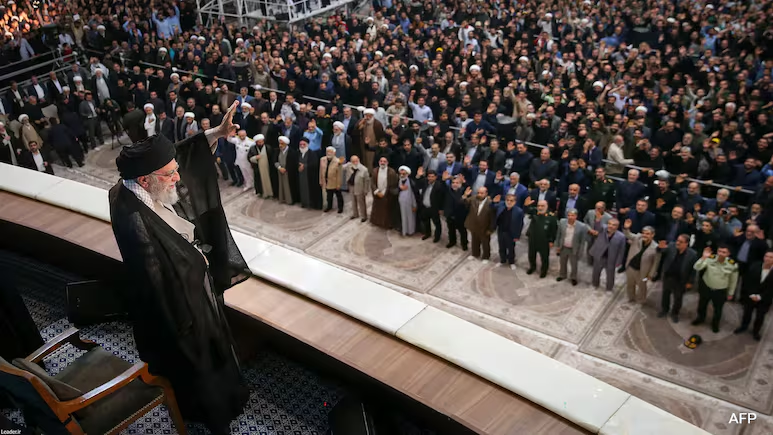Kashmir Bats used by International players: A boost for Bat manufacturing industry in Valley
Srinagar: Bats made from Kashmiri willow have made their mark on the international stage, being used by female cricketers in the ongoing T20 World Cup.West Indies players such as Qiana Joseph, Zaida James, and Aaliyah Alleyne wielded Kashmir willow bats during their match against South Africa at the Dubai International Cricket Stadium. These bats, along with other gear, were manufactured by GR8 Sports, a development that could provide a significant boost to Kashmir’s bat-making industry.
Kashmir has around 400 bat manufacturing units that collectively generate nearly Rs 300 crores annually. While bats are made from both English and Kashmir willow, Kashmir willow has historically seen little representation in the international market. However, this trend is changing. In recent years, male cricketers from countries like the West Indies, Afghanistan, Bangladesh, Sri Lanka, Oman, and the UAE have also used bats made from Kashmir willow.Manzoor Ahmad, a manager at a local bat manufacturing unit, highlighted that despite minimal differences between English and Kashmir willow, international players rarely opted for the latter. “Our bats are comparable in quality, but there was little demand internationally for Kashmiri willow,” he told.
The process of making these bats starts with willow trees, which take around 15 years to mature. Once harvested, the wood is transported to factories where it is cut into logs and then shaped into bat clefts. Skilled craftsmen then carve the clefts into bats, explained Mohammad Sharif, who works in one of the bat factories.Botanist Abdul Hamid added that both English and Kashmiri willows come from the same tree species, Salix alba, and thrive in regions like England and Kashmir due to favorable weather conditions, including rainfall, soil nutrients, and climate. “The raw material is essentially the same, but the main difference is in color,” Hamid said. “English willow tends to shine more, as it is lighter in weight, while Kashmir willow, though durable and strong, is slightly darker.”This international exposure is expected to pave the way for greater recognition of Kashmiri willow in the global sports market.
Confusion won’t end without statehood; if LG only handles police, how did he relax rules for other departments: Tanvir Sadiq
Srinagar, June 15: National Conference chief spokesperson and Zadibal MLA Tanvir Sadiq on…









